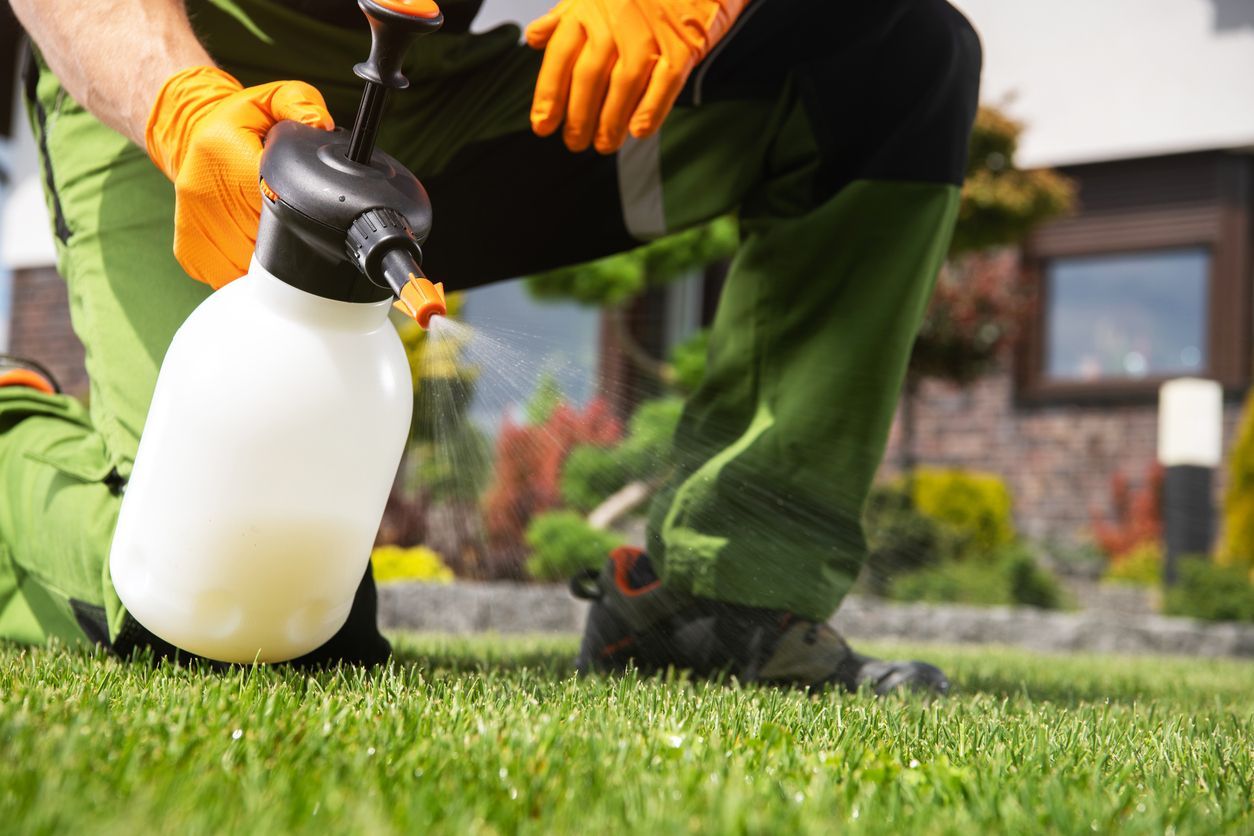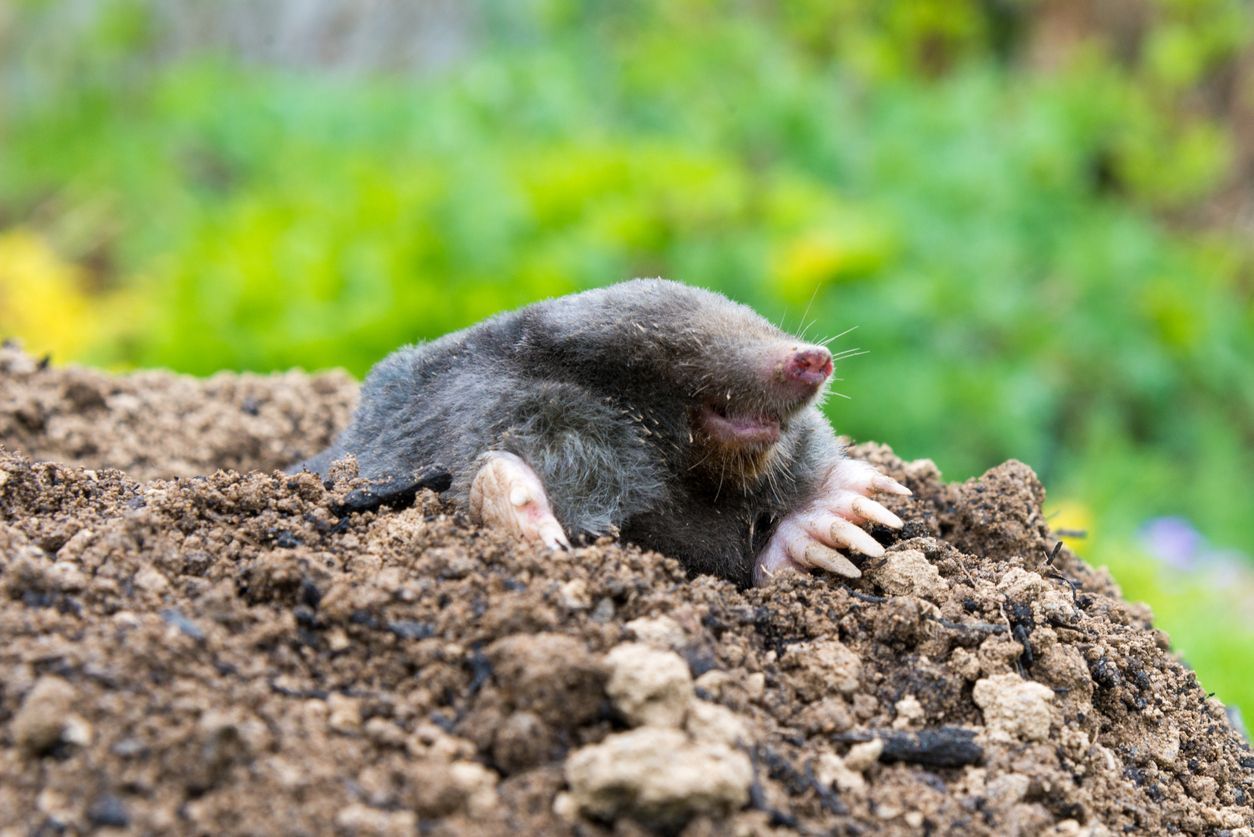Trimming Ornamental Grasses in the Fall: A Step-by-Step Guide for a Healthier Landscape
Ornamental grasses are a fantastic addition to any garden or landscape. With their graceful plumes, feathery textures, and a variety of colors, they add interest and movement to the garden throughout the growing season. But once the fall months arrive and the cold weather sets in, it’s important to give these grasses the proper care they need to stay healthy and vibrant for next season. One of the most important tasks for ornamental grass care is trimming or cutting back.
In this blog post, we’ll walk you through why trimming ornamental grasses in the fall is essential, how to do it properly, and the benefits of cutting them back before winter arrives.
1. Why Trim Ornamental Grasses in Fall?
While ornamental grasses can look stunning as they sway in the autumn breeze, trimming them at the right time helps ensure their long-term health and beauty. Here are some reasons why fall trimming is important:
Prevent Disease and Pest Infestations
Ornamental grasses can harbor pests, mold, and fungal diseases over the winter months if they’re left unchecked. By cutting back dead or decaying foliage, you reduce the chance of pests or pathogens overwintering in the debris. Trimming the grasses helps keep your landscape clean and minimizes the risk of these issues spreading to other plants.
Improve Aesthetic Appeal
After the first frost, many ornamental grasses start to turn brown, lose their shape, and look ragged. Cutting them back will help tidy up your garden, maintaining a neat and more visually appealing space during the winter months. This is especially important if your ornamental grasses are located near walkways, patios, or other areas where the plants might become a visual eyesore.
Encourage Healthy Growth in Spring
Trimming ornamental grasses in the fall helps promote healthy growth come springtime. By removing old, dead growth, you allow the plant to focus its energy on new shoots and roots when the growing season begins again. The new growth will emerge stronger and more vigorous, ensuring your ornamental grasses thrive throughout the next year.
Prevent Wind Damage
Tall grasses, like miscanthus or fountain grass, can catch the wind and become damaged or broken during winter storms if left untrimmed. By cutting the grasses back to the ground or to a manageable height, you reduce the chance of wind damage. This also prevents the foliage from tangling and becoming matted with snow, which can damage the plant’s crown and roots.
2. When Should You Trim Ornamental Grasses?
Timing is everything when it comes to trimming ornamental grasses. If you cut them back too early in the fall, you risk exposing the plants to frost damage. On the other hand, waiting too long may cause them to get tangled in snow and ice, making the task more difficult.
Ideal Time:
Late fall, after the first frost, is generally the best time to trim ornamental grasses. This allows you to enjoy their fall color and texture and gives the plants time to prepare for winter dormancy. The first hard frost (when temperatures drop below 28°F or -2°C) is typically when the foliage begins to turn brown and the plant enters a more dormant phase.
If you wait until early spring to cut back the grasses, you risk cutting away the new growth that will emerge in the warmer months. Trimming in late fall ensures that the plant is fully dormant, and new growth will emerge in the spring without interference.
3. How to Trim Ornamental Grasses: A Step-by-Step Guide
Trimming ornamental grasses isn’t difficult, but there are some steps to follow for the best results. Here’s a simple guide to help you trim your ornamental grasses safely and efficiently:
Step 1: Gather Your Tools
You don’t need specialized tools to trim ornamental grasses. For most grasses, a sharp pair of garden shears, hedge trimmers, or a pruning saw will suffice. For larger, tougher grasses, you may want to use a hedge trimmer or even a small chainsaw. Be sure your tools are clean and sharp to prevent damaging the plants.
Step 2: Cut Back Dead Foliage
Start by cutting back the brown, dead foliage to about 4 to 6 inches above the ground. For most grasses, this is the ideal height to encourage new growth in the spring. Be careful not to cut too low or damage the crown (the base of the grass clump). If you’re trimming a large clump, consider dividing the plant before trimming to keep it healthy and to prevent overcrowding.
Step 3: Remove Old Seedheads
If your ornamental grasses have produced seed heads, you can remove them as well. This helps tidy up the plant and prevent the seeds from spreading. For some grasses, seed heads add visual interest during the winter months, so if you enjoy the look, feel free to leave them intact until spring.
Step 4: Tie the Foliage (Optional)
Before cutting back, you can tie the clump of grass together with twine or garden string to keep the foliage from flying everywhere. This is especially useful for larger grasses, which can get messy once you begin cutting. Once you’ve made the cuts, you can untie the bundle.
Step 5: Dispose of the Trimmings
After trimming your ornamental grasses, gather all the cuttings and debris. If you have a compost pile, you can compost the trimmings, but avoid composting any diseased or pest-infested material to prevent spreading it to other plants. Alternatively, you can dispose of the cuttings in your yard waste bin.
Step 6: Mulch the Base (Optional)
If you live in a region with harsh winters, consider adding a light mulch layer around the base of your ornamental grasses after trimming. This helps insulate the roots from freezing temperatures. Straw, pine needles, or bark mulch are good choices. Be sure not to cover the crown of the plant completely—just apply a thin layer to keep the roots protected.
4. What If You Don’t Trim Ornamental Grasses in Fall?
While ornamental grasses can survive if left untrimmed through the winter, it’s not recommended. Over time, old, dead foliage can accumulate and create a heavy, unsightly mass. Fungal diseases, pests, and other issues may develop in the untrimmed material, and it may inhibit the plant’s growth in the spring.
Additionally, in the absence of trimming, many ornamental grasses can become too dense or overgrown, leading to poor airflow and the potential for crown rot. In the long run, neglecting fall maintenance can result in weaker plants and diminished beauty in the landscape.
5. Additional Care Tips for Ornamental Grasses
While trimming is an essential part of fall care, ornamental grasses also benefit from general maintenance throughout the year:
- Watering: Even though ornamental grasses are drought-tolerant, they still need water, especially during dry spells. Water them deeply in the fall to help them store energy for the winter months.
- Dividing: If your ornamental grasses have grown too large or dense, consider dividing them every 3-4 years in early spring or fall. This rejuvenates the plant and encourages healthier growth.
- Mulching: Adding mulch around the base of the grasses (but not covering the crowns) can help insulate them in colder climates and protect the root zone.
Conclusion
Trimming ornamental grasses in the fall is an essential part of maintaining a healthy, beautiful landscape. By cutting back dead or damaged foliage, you improve the plant’s winter hardiness, reduce the risk of pests and diseases, and encourage fresh growth in the spring. With the right tools, timing, and techniques, you can easily keep your ornamental grasses looking their best and ensure they return to their full glory year after year.
So, don’t wait—get those grasses trimmed before the snow flies, and enjoy a clean, tidy landscape all winter long!
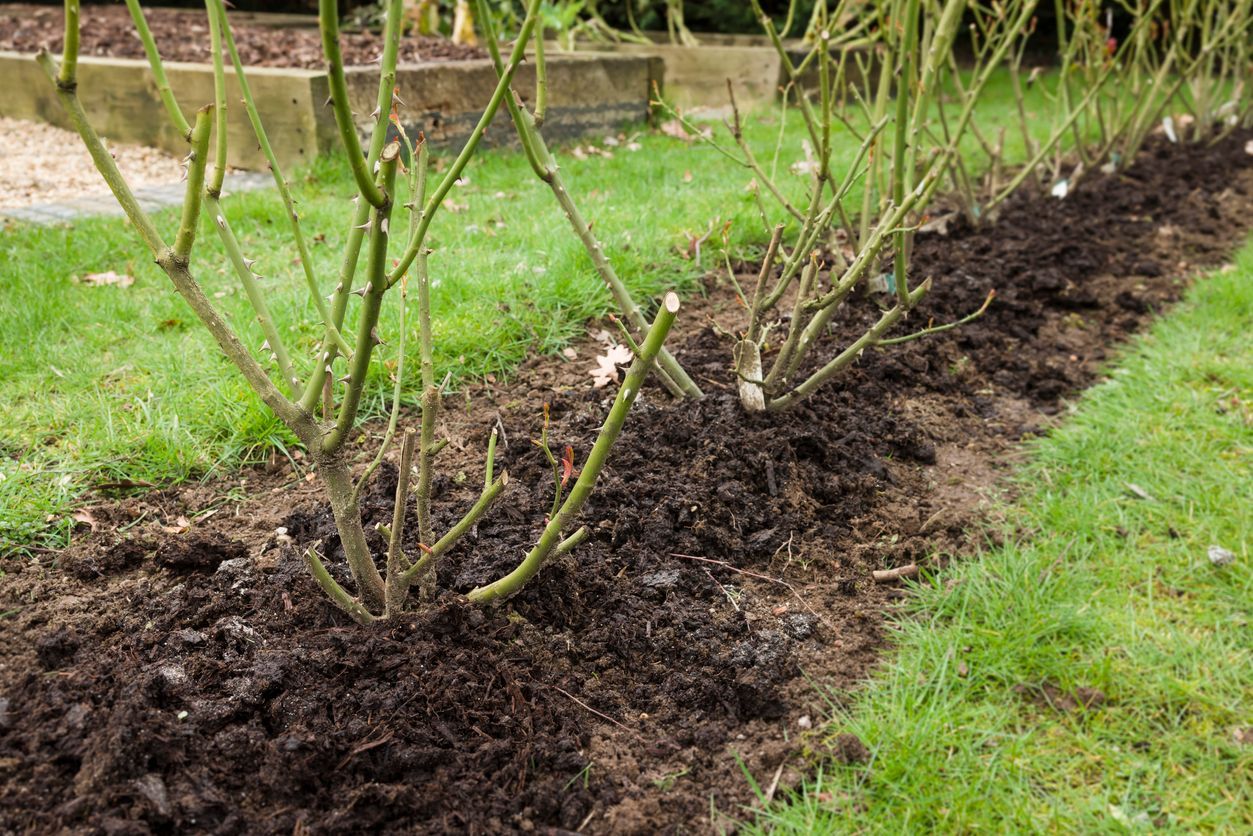
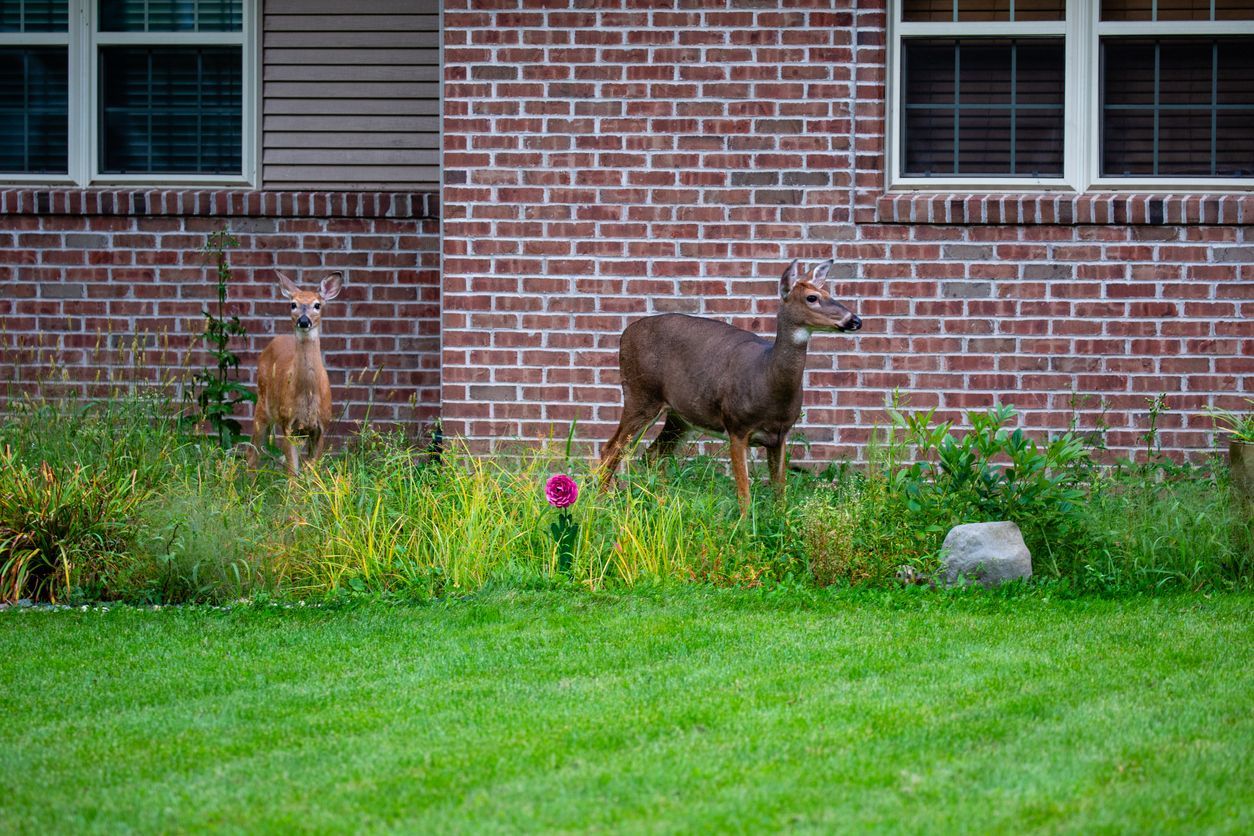
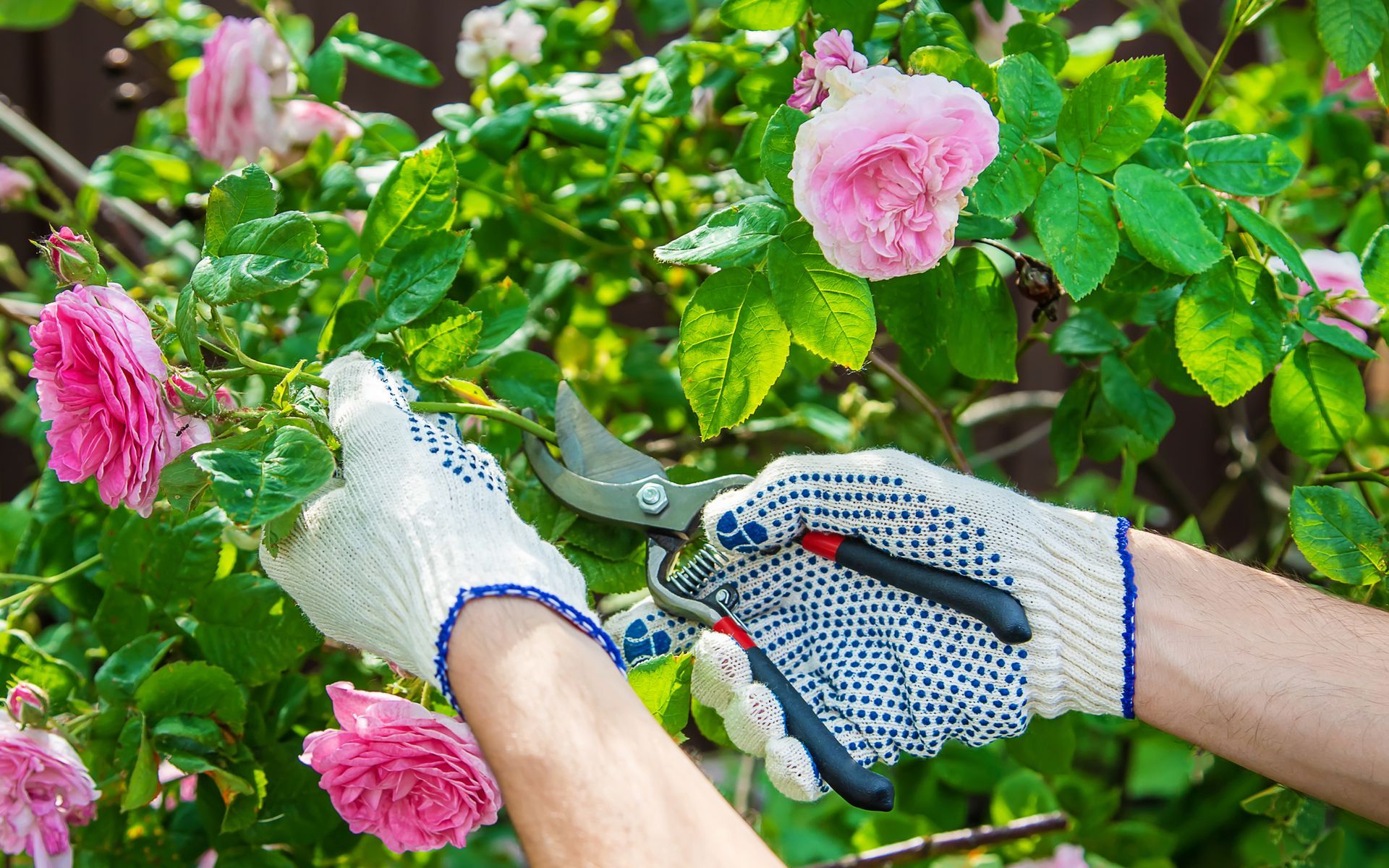
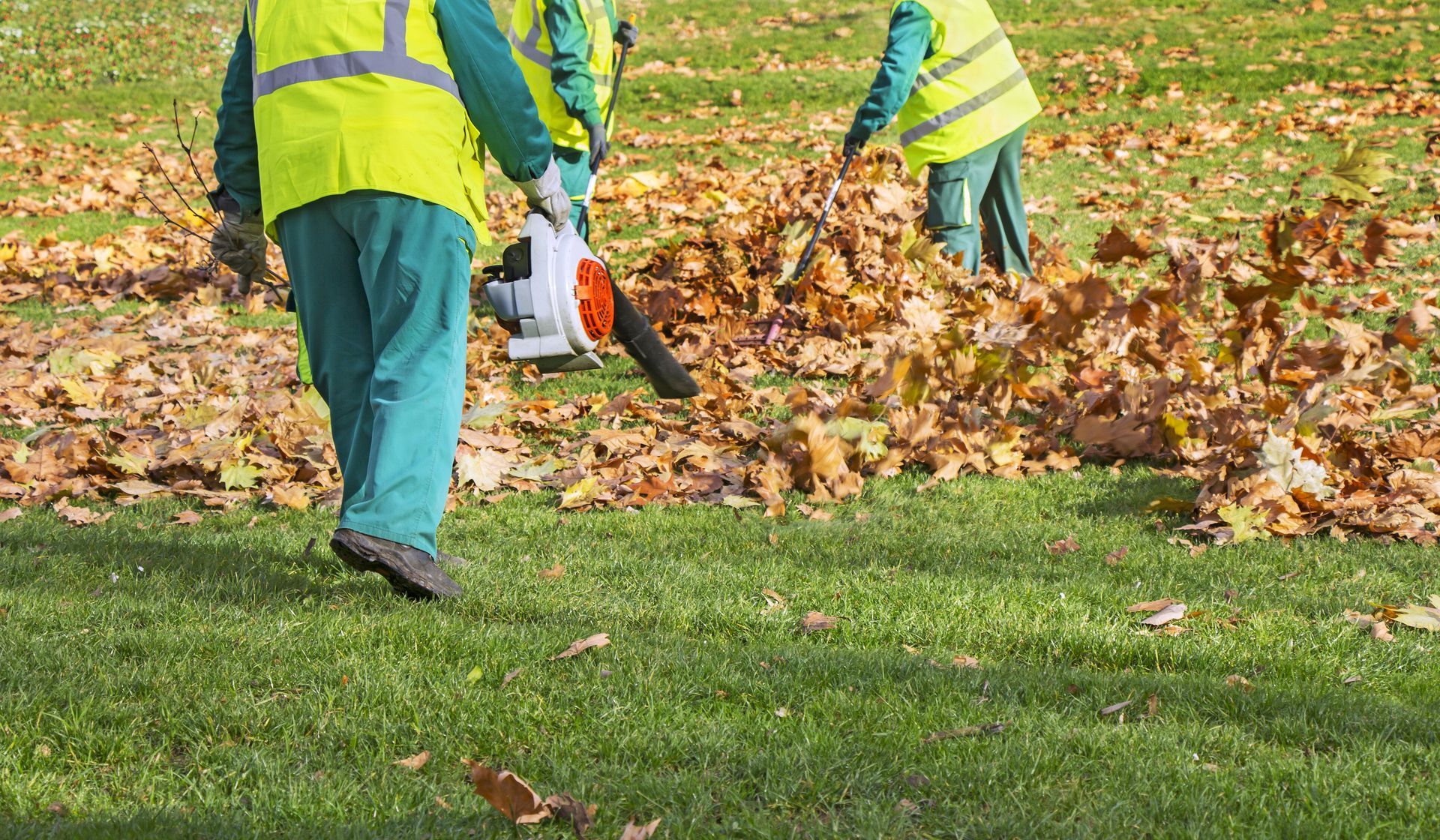


Business Hours
- Mon - Fri
- -
- Saturday
- -
- Sunday
- Closed
All Rights Reserved | Jarmon Lawn Care | Powered by Flypaper | Privacy Policy


